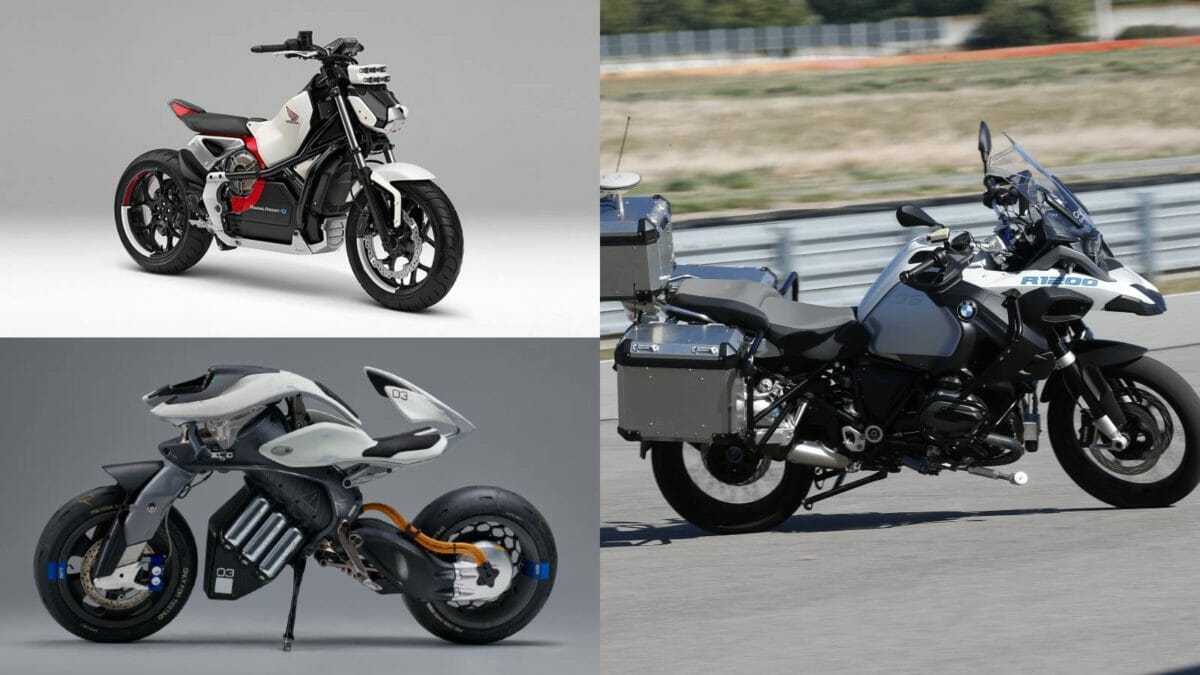Besides the main goal to go electric, achieving autonomy to take human intervention away from processes is the next target manufacturers are aiming at. We already have cars which can drive on their own and the technology is only being refined further as you read this. For a machine as personal as a motorcycle though, imagining that they would develop tech to make a two-wheeler balance and even ride on its own was almost impossible. However, the self-balancing motorcycle is now a reality. And no, we aren’t talking about three-wheeled examples like the Niken.
Now, if we consider conventionally-designed machines, there are three manufacturers who have made substantial progress in this area – Honda, Yamaha and BMW Motorrad. Among these, Honda’s Riding Assist tech and the Yamaha Motoroid can move around without a rider and also balance themselves on their own, even while standing still. On the other hand, BMW’s tech can make the bike ride itself once it gains momentum, however, requires a side stand to be deployed when it isn’t moving. Let’s dig deeper to understand how the technology works.
Honda Riding Assist
Unlike some other examples, Honda’s Riding Assist tech does not make use of a gyroscope to make the motorcycle balance itself. Instead, it relies on a variable rake angle of the front wheel and a motor for the handlebar to balance itself. The concept works in a way where the wheelbase extends to achieve a positive rake angle when the motorcycle is moving at a relatively faster speed, whereas, a negative angle tightens the wheelbase for the motorcycle to move around at slow speeds and to tackle sharp turns.
Yamaha Motoroid
Yamaha’s Motoroid is like your lover which recognises the rider’s face and comes running towards it. The best part? It even listens. The bike’s chassis gyrates to bring itself off the side stand and once the rider makes a gesture, it moves forward. The primary technologies in use here are an image recognition AI system for recognizing the rider’s face and gestures, Yamaha’s “Active Mass Center Control System” self-balancing technology and a haptic human-machine interface.
Autonomous BMW R 1200 GS
Also Read: Petrol vs Diesel: How Long Will It Take To Cover The Cost Difference In The BS6 Era?
Where the aforementioned bikes can only stroll on their own, the autonomous R 1200 GS and ride itself at a proper speed. Developed by engineer Stefan Hans and his team, the BMW rides off, accelerates, circles a test track and slows down to a stop, all on its own.

